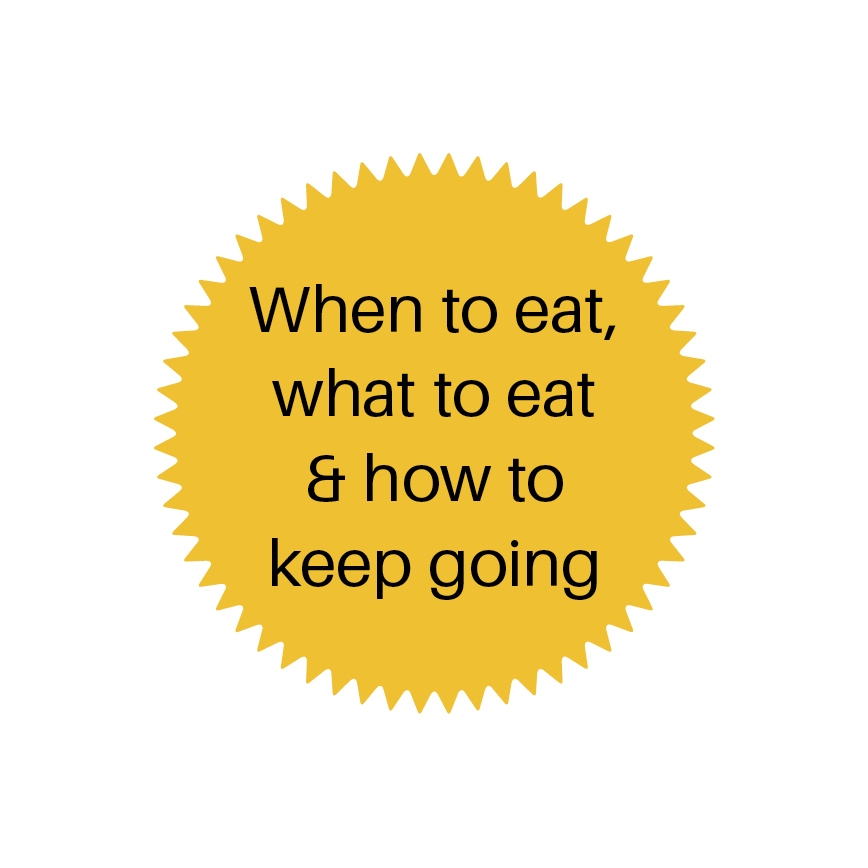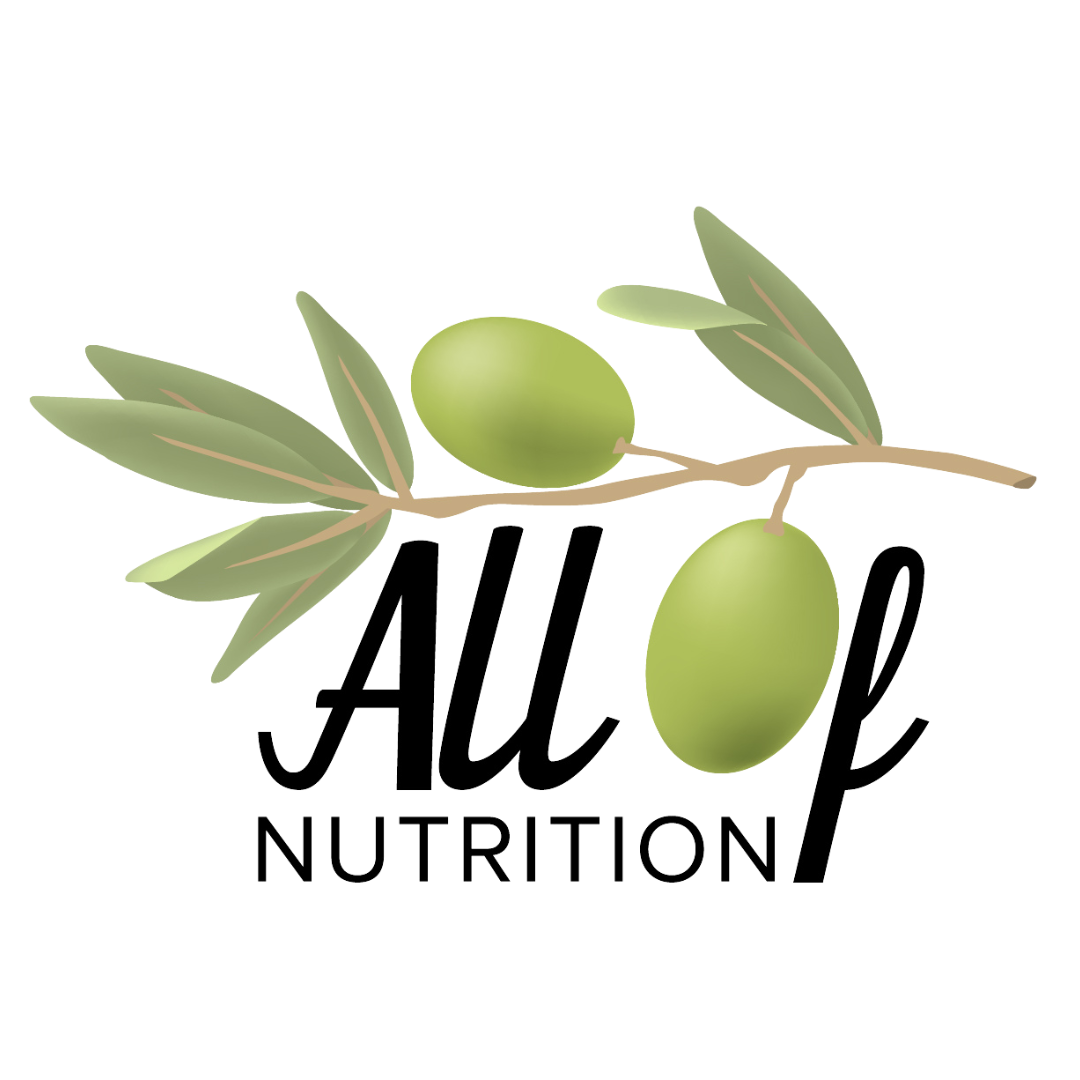
Healthy Eating for the New Year
 Another year has come and gone! Did you accomplish everything that you wanted to during 2019? Was eating healthier one of your goals? How did you do? Do you want to do a little better this upcoming year? If you are like most people, nourishing yourself with food may be one of your goals in 2020. But where do you even start? Here are some of my tips for improving health and becoming the best version of ourselves in 2020!
Another year has come and gone! Did you accomplish everything that you wanted to during 2019? Was eating healthier one of your goals? How did you do? Do you want to do a little better this upcoming year? If you are like most people, nourishing yourself with food may be one of your goals in 2020. But where do you even start? Here are some of my tips for improving health and becoming the best version of ourselves in 2020!
Water, water, water:
First, drink lots of water. I always start with this one because it is usually the easiest for people to do and feel immediate benefits. There is a simple formula; take your weight in pounds and divide by two. This is the number in ounces of water you should aim for per day. In addition, add around 16 oz of water for every hour of exercise you do during the day and maybe more depending on how strenuous your workout was or if you sweat more in general. Soda does not count towards the total, but you can count half the volume of other drinks with caffeine in it because of the diuretic properties of caffeine. Adding a good quality electrolyte for an extra boost to your water can help with your hydration needs.
Get your zzz’s:
This next one is hard for most people but the rewards are worth it. Aim for seven to nine hours of sleep every night. Getting enough sleep improves your quality of life by protecting your physical and mental health. Not getting enough sleep greatly increases your chances for disease and weight gain. Also, being sleep deprived makes listening to hunger and fullness cues more difficult. If you are trying to lose weight, sleep can be an important part of your weight loss plan. I know what you are thinking- “who has time to sleep,” right? I understand. I have two little ones and I swear they conspire with each other to make sure that I do not get any sleep. Try your best, though and make sleep a priority.
Vegetables are the bomb:
The next few tips are all about your food. First, I encourage that we all increase our vegetable intakes. I encourage my clients to aim for a half plate of non-starchy vegetables for at least lunch and dinner. Most of us who are 19 years or older should be eating between 2 ½ to 3 cups of vegetables per day. And weekly, we should be aiming for 1 ½ to 2 cups of dark green vegetables, 5 ½ to 6 cups of red or orange vegetables, ½ to 2 cups of beans or peas, 5 to 6 cups starchy vegetables, and 4 to 5 cups other vegetables. Eat half a cup less of the above totals if you are a female fifty one years or older. Also, if you are female and have a smaller build, aim for the lower end of all of the ranges above. If you are a large male, aim for the higher end of the ranges. I know that these measurements are confusing so just remember to aim for a half plate of veggies per meal and try to keep your produce vibrant and colorful. Add as much variety as you can and you should be doing alright!
But, what about fruit?
People often ask me about fruit and if they can eat it. Of course you can! Fruits are a great source of fiber, water, and micronutrients- and they are delicious! Enjoy fruit as a sweet and natural treat. Aim for ½ a cup to 2 cups of fruit per day. Pair a fruit with a protein and enjoy lower sugar options to manage insulin your insulin response.
Where do whole grains fit?
Make more of your grains whole. We should try to aim for 5 to 8 ounce equivalents of grains per day. An ounce equivalent is going to be a slice of bread, one cup of cereal, or half a cup of rice, pasta, or cooked cereal. Remember that the more complex the grain or carbohydrate, the better. Complex carbohydrates generally have more fiber, so they fill you up more and take longer to digest. They also usually contain more nutrients than the simple carbohydrates.
Do we really need protein?
Yes. Choose lean sources of protein when possible. Aim for 5 to 6 ounces of protein per day. That can be an ounce of meat, ¼ cup of cooked beans, one egg, one tablespoon of peanut butter, or half an ounce of nuts or seeds. It is entirely possible to meet your protein needs on a vegetarian or vegan diet but I find it takes some mindfulness. Whether you enjoy plant-based or animal protein, adequate amounts of protein is important for muscle synthesis and integrity, energy creation, and enzyme and hormone creation.
Sneaky sugar:
Last, but definitely not least in terms of difficulty is sugar. Sugar is in everything these days and an excess in sugar intake can cause weight gain and chronic health problems. Start to look at the sugar content in food labels rather than just the calories or fat. Eating sugar creates cycles of hunger. Sugar gets absorbed and spikes blood sugar quickly. Consequently, we feel good for a moment but then we crash and become hungry, tired, and need more food. This spike in blood sugar causes our body to produce extra insulin, which is the hormone that tells our body to store fat. In fact, sugar causes general inflammation and is seen to lead to heart disease, diabetes, and cancer. If these aren’t good enough reasons to reduce sugar in 2020, I don’t know what is.
However, we shouldn’t be scared of sugar, since sugar is not inherently bad- just the excess of it. The first thing to do is to be aware of added sugars and start making different buying choices. Next, you can help your body not to crave sugar by eating a high protein, fat, and fiber diet full of green leafy and other colorful vegetables. It takes time to wean off of sugar, but you will be glad that you did.
 Meal Planning:
Meal Planning:
Most people already know what to eat but it is difficult to make that happen day to day. That is where meal planning comes in. I think that meal planning is important for a couple of reasons. The first is that it saves time and money. Meal planning means that I do one grocery store trip for the week and I only buy what I need for that week. When things are planned well, I don’t waste any produce or time running to the grocery store. Second, it takes a lot of daily stress off my shoulders. Sure, it takes some time up front but then it is done and I don’t have to stress every day about what we are having for dinner that night and have more quality time to spend with my family. Third, it helps me make sure that my meals are balanced and healthy. When I see the whole week planned out, I can see if we are missing any crucial elements of a healthy diet. Lastly, having these meals prepared means that we eat dinner every night at home. We save money by not eating out and we eat dinner as a family every night. You can use my free meal planning sheet (click here). If the thought of meal planning stresses you out, you can purchase pre-made meal plans like eMeals or buy dinner kits like Blue Apron or Freshly.
Fortunately for most of us, healthy foods are readily available at almost every grocery store. Most are arranged around the perimeter of the grocery store. This makes shopping a lot simpler. Find a health conscious grocery store and start there. Start in the produce section and work your way around the store from there. Finish up with a trip down the frozen aisle for frozen fruits and vegetables and then get staples in the center like whole grains. Stock your kitchen with the good stuff, and you won’t be tempted in moments of weakness to eat junky food.
Now that the food has been bought and dinner made, you get to relax and enjoy your hard work. Mindful eating is a great way to enjoy your food more and I find that most people eat less when they are paying attention while eating. Set the table (even for just yourself), turn off the TV and other distractions, sit down, and enjoy the food. Slowing down for a few minutes and really being present in the moment with your food can pay huge dividends for your long term health. Chew slowly and taste your food so that your body and your mind register your meal.
S-M-A-R-T Goals:
You know what to do now so let’s focus on how to do it. I love Peter Drucker’s “SMART” Goals, which stands for Specific, Measurable, Achievable, Relevant, and Time-bound. Pick one or two items that you want to work on and then write it down in a SMART goal format. For example, “I will eat five servings of fruits and vegetables every day for a month” is more specific than “I will eat more fruits and vegetables” and is much more likely to be accomplished. The five servings in the example above is also measurable. You could look back at each day and say if you’ve met your goal or not. The “I” in the goal is the assignable part. You are specifying that you will do it. Or you can say “my family will….”. Being realistic is also important. If you never eat fruits and vegetables, it may be unrealistic to say you are going to go from 0 to 5 immediately. It may be more realistic to say that you will start with two this month, three the next, four the month after and five servings by month 4. Adding a time factor is also important. In the example above, I say that I will eat the five servings every day for a month. That specifies short term and longer term goals. You are going to be a lot more successful with your new year’s health and fitness goals if you make them SMART.
Remember, health, fitness, and nutrition can be complex and sometimes difficult to do alone. You are not alone though. Build a support system around you to help you to stay on track and achieve your goals. Sometimes an eating or exercise coach can help you to set goals and have the accountability to achieve them. Here at All of Nutrition, we are both registered dietitian nutritionists and certified personal trainers. We have in-person options in the Salt Lake City area as well as telehealth and phone appointments. Let us help you to achieve your goals. M


You May Also Like

Child Nutrition
March 28, 2020
It Takes a Village – Featuring Francine Labiran
October 29, 2017
